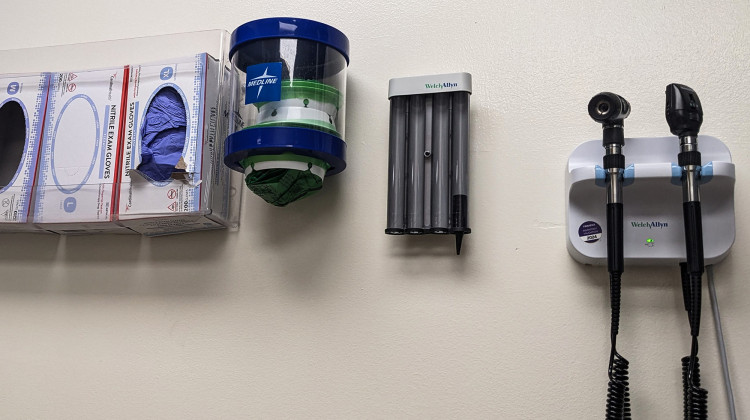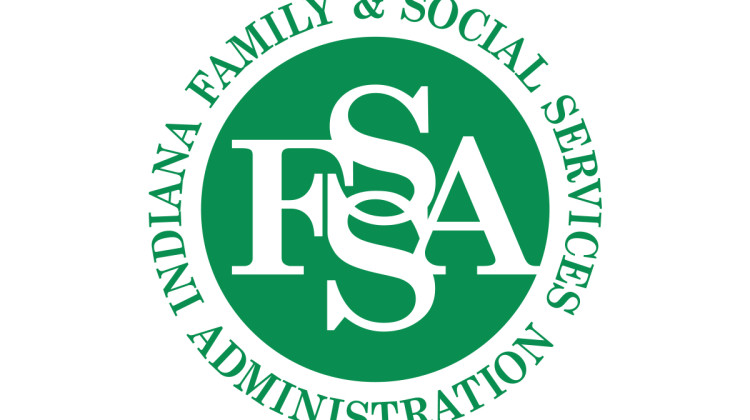
The Indiana Youth Institute’s annual Kids Count Data Book finds Hoosier infant health assessments remain below the national average.
Pixabay/public domainThe Indiana Youth Institute’s annual Kids Count Data Book finds Hoosier infant health assessments remain below the national average.
Hoosier medical and public health professionals aim for more awareness and access. Co-medical director for Riley Newborn and Health Dr. David Boyle says infant mortality rates reflect public health.
“Really the best way to try and reduce infant mortality is to improve the health of or citizens in Indiana,” Boyle says.
The new data highlights the fact that Indiana’s infant mortality rate is still higher than the national average. In 2015, more than 600 infants died in their first year of life. Boyle says half of these deaths are related to prenatal risk factors.
“And those would include low birth weight, preterm delivery and of course maternal complications that occur during pregnancy.” Boyle explains.
There is some good news. The percent of Indiana’s premature births are declining and the rate of infants born with low birth weight remains steady.
Indiana State Department of Health’s MOMS Helpline director, Diana Feliciano says some of the progress is a result of better health coverage.
“We recently went through our staff being trained and licensed as navigators so that they are able to enroll mothers in receiving health coverage and we guide them through the presumptive eligibility coverage for first time moms,” says Feliciano.
The Kids Count data shows the percentage of women receiving early prenatal care is up, though only 70 percent of pregnant white women receive this care and only 56 percent of pregnant black women.
Indiana Youth Institute President and CEO Tami Silverman says more work must be done.
“I think there’s still work to be as far as public health awareness and attention and medical intervention and prenatal care and how do we support mom into making great choices,” Silverman says.
For example, she says, while the rate of mothers-to-be who smoke is down, it is still twice the national average.
 DONATE
DONATE








 View More Programs
View More Programs

 Support WFYI. We can't do it without you.
Support WFYI. We can't do it without you.